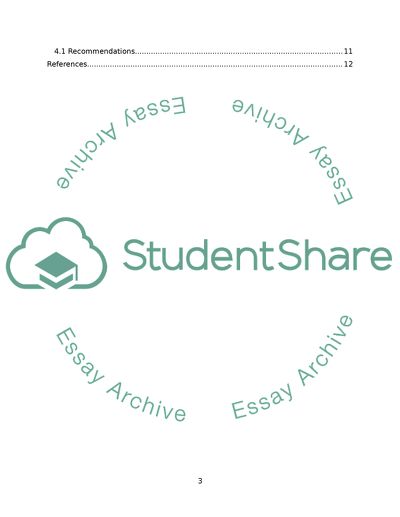Cite this document
(“Change Management process Coursework Example | Topics and Well Written Essays - 2250 words”, n.d.)
Change Management process Coursework Example | Topics and Well Written Essays - 2250 words. Retrieved from https://studentshare.org/miscellaneous/1641479-change-management-process
Change Management process Coursework Example | Topics and Well Written Essays - 2250 words. Retrieved from https://studentshare.org/miscellaneous/1641479-change-management-process
(Change Management Process Coursework Example | Topics and Well Written Essays - 2250 Words)
Change Management Process Coursework Example | Topics and Well Written Essays - 2250 Words. https://studentshare.org/miscellaneous/1641479-change-management-process.
Change Management Process Coursework Example | Topics and Well Written Essays - 2250 Words. https://studentshare.org/miscellaneous/1641479-change-management-process.
“Change Management Process Coursework Example | Topics and Well Written Essays - 2250 Words”, n.d. https://studentshare.org/miscellaneous/1641479-change-management-process.


